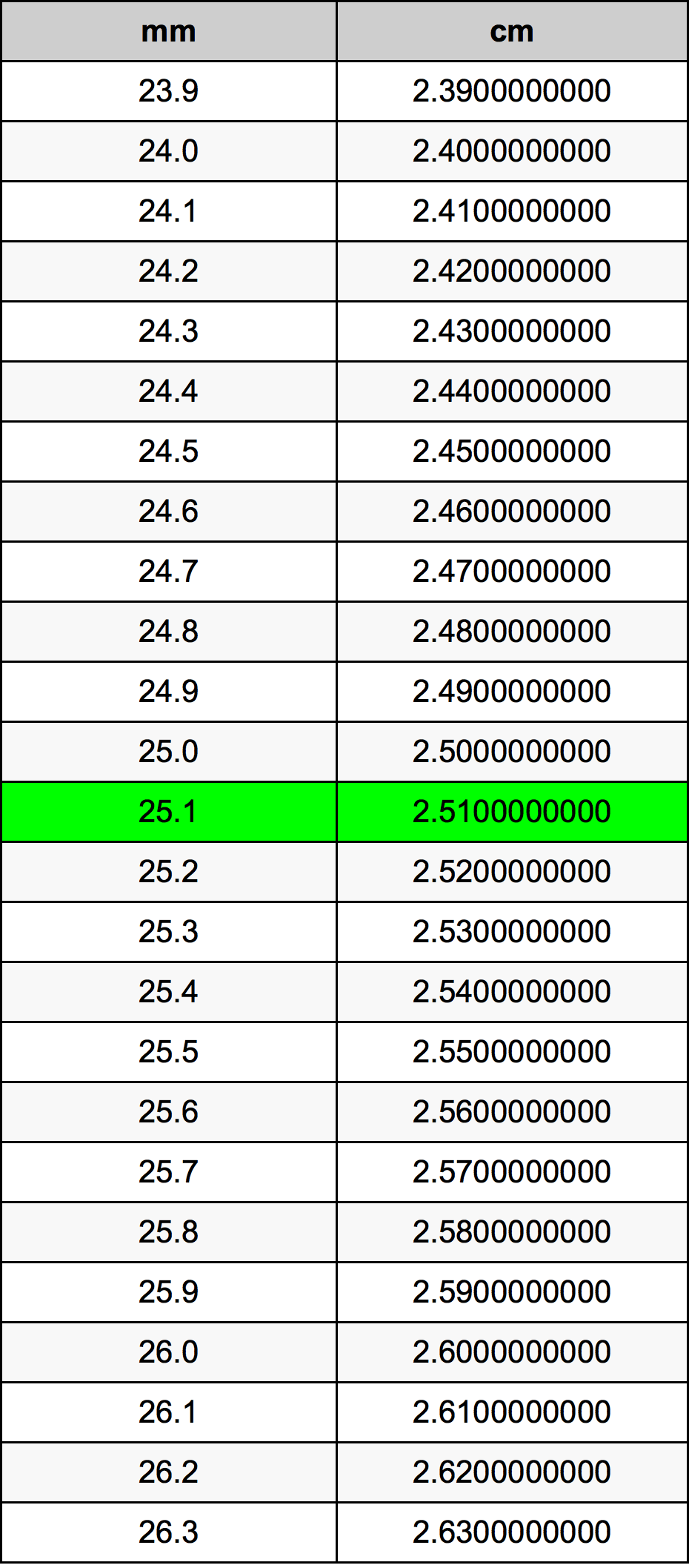
Amagabeli Rollo Malla Metálica Red Alambre Hexagonal 100cmx25m Mallas de Alambre 25 mm 0,8 mm Galvanizada Enrejado Triple Torsion Tamaño de malla Red de Alambre de Pollo Duro : Amazon.es: Bricolaje y herramientas

Bellissima GT15 200 Hierro Rizador, Revestimiento de Cerámica, para hacer Rizos suaves, estrechos y definidos, Temperatura 150°C / 210°C, cono 18 / 25 mm, Guante Térmico, adecuado para todo el cabello : Amazon.es: Belleza

Revahs Cortapelos Hombre Inalámbrico Profesional – Maquina de afeitar hombre - Cortapelos hombre - Maquina cortar pelo 0,5-25 mm - Cortadora de pelo con 8 Peines – Maquina barba hombre plata : Amazon.es: Belleza

MAIDeSITe Tablero 160x80 cm Tablero de 25 mm de Grosor - Tablero de Oficina Estable para Bricolaje Mesas de Altura Regulable : Amazon.es: Hogar y cocina

Amazon Basics Bolsas para documentos resistentes, para presentación, 21,6 X 28 cm, paquete de 25, Multicolor : Amazon.es: Oficina y papelería

Cinta de satén dorada de 25 mm, 22 metros, cinta decorativa ancha, cinta de tela para regalos de bodas, bautizos y cumpleaños : Amazon.es: Hogar y cocina

jarolift Aislante Acústico para Cajón Persiana 25 mm (100 x 50 cm), incl. Tapa de Aislamiento 100 x 24 cm, Ahorro Energía : Amazon.es: Bricolaje y herramientas

MD-10 COLLECTION Correa con Bandera de España para Perros (120 cm - 25 mm) : Amazon.es: Productos para mascotas

Victor EZ12PBL Plastic Dual Color 12 Inch Easy Read Ruler with Inches, Centimeters and Millimeters Measurements, Blue/Black: Amazon.com: Tools & Home Improvement

Cuadro de cocina fruteros. Set de 2 Unidades de 19 cm x 25 cm x 4 mm unid Adhesivo FÁCIL COLGADO. Adorno decorativo pared Ideal para Hogar/Cocina/Cafetería. : Amazon.es: Bricolaje y herramientas

Collar Nudo de Bruja Amuleto Plata de 25 mm para Hombre y Mujer | Poderoso Amuleto, Protección contra Hechizos + Bolsa Yute de Regalo : Amazon.es: Productos Handmade

ICQN Bandeja de goteo 445 x 375 mm 25 y 40 mm | Juego de 2 bandejas de horno esmaltadas | Adecuado para Whirlpool, Ignis, Bauknecht, Indesit, Algor, Neckermann, Lloyds | 44,5 x 37,5 centímetros : Amazon.es: Hogar y cocina

Manguera Comfort HighFLEX de Gardena 19 mm (3/4 pulgadas), 25 m: manguera de jardín con perfil Power Grip, presión de rotura 30 bar, rígida (18083-20) : Amazon.es: Jardín

Wurko - Malla Electrosoldada 6 x 6 mm 60 cm Altura, Rollo 25 Metros : Amazon.es: Bricolaje y herramientas

Wokkol Piquetas, Grapas para Jardin, Piquetas Camping, Malla Antihierbas 2.5 mm de Grosor, 15 cm/2.5 cm, para Asegurar la Tela de Malezas, Mallas(50 Clavijas de Jardín/4 Arandelas de Seguridad): Amazon.es: Jardín

Braun - Cuerda de cubo L 25 m, 16 mm de diámetro, 4 centímetros, girado, 71316-25-SCH/W : Amazon.es: Otros Productos

jarolift Aislante Acústico para Cajón Persiana 25 mm (100 x 50 cm), incl. Tapa de Aislamiento 100 x 24 cm, Ahorro Energía : Amazon.es: Bricolaje y herramientas

Tesa - Cinta de carrocero para superficies delicadas, Rosa suav, (50 m x 25 mm, para interiores) : Amazon.es: Bricolaje y herramientas

VEVOR Máquina para Fabricar Botones 25 mm 500 Botones Máquina para Hacer Insignias Botones Manual 68

Kamino-Flam 331884 - Tubo con Válvula para Chimenea, Acero, Gris, 15 x 0,2 x 25 cm, 2 Unidades : Amazon.es: Bricolaje y herramientas



